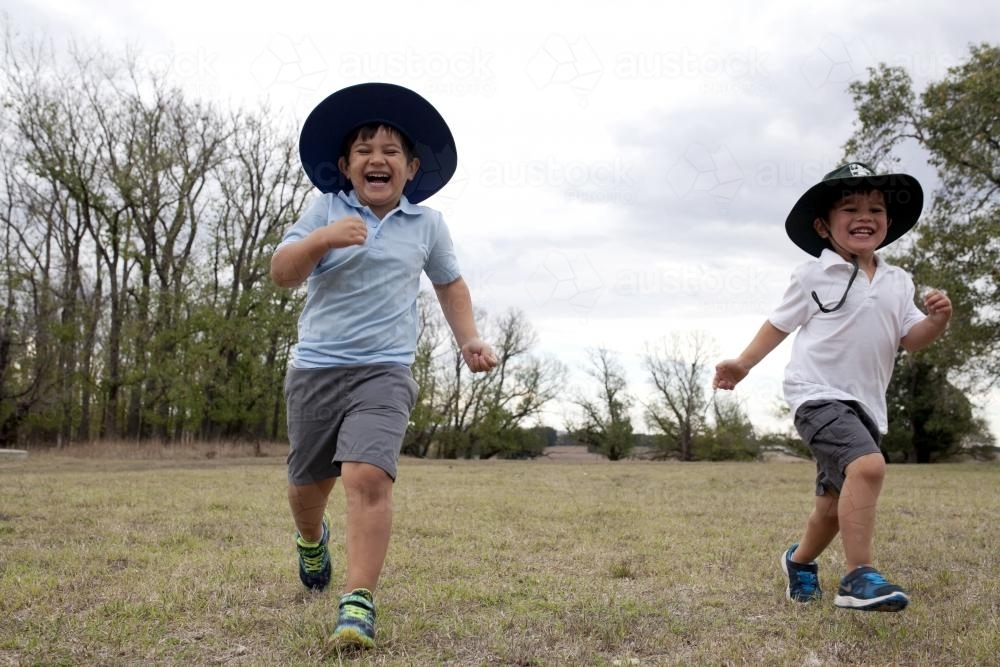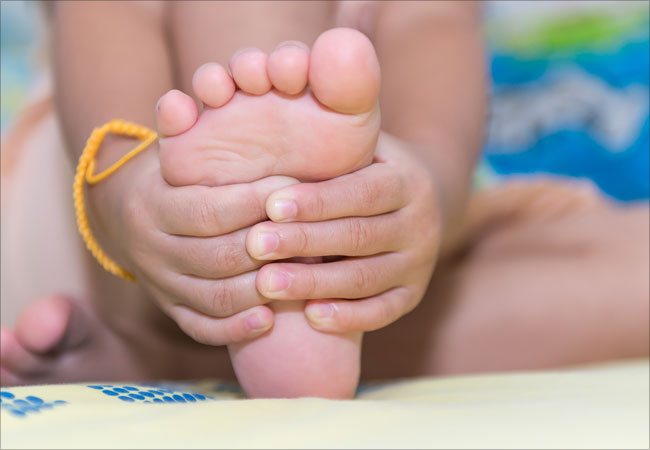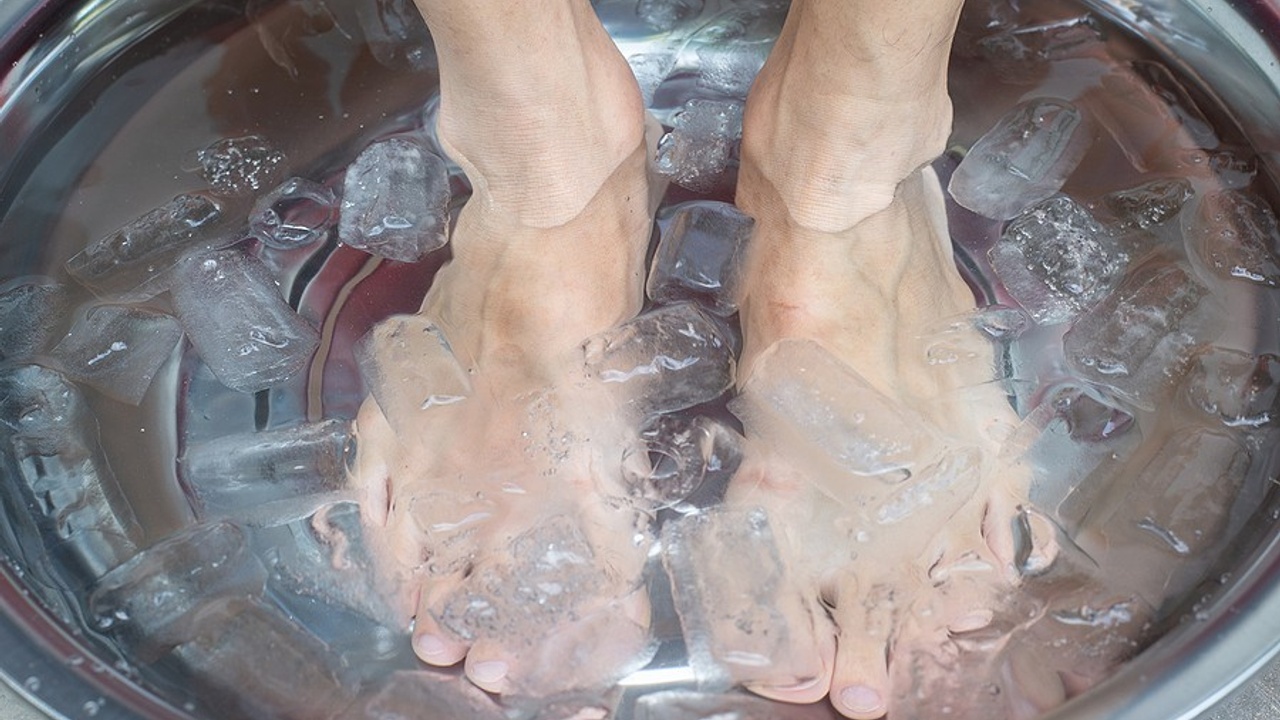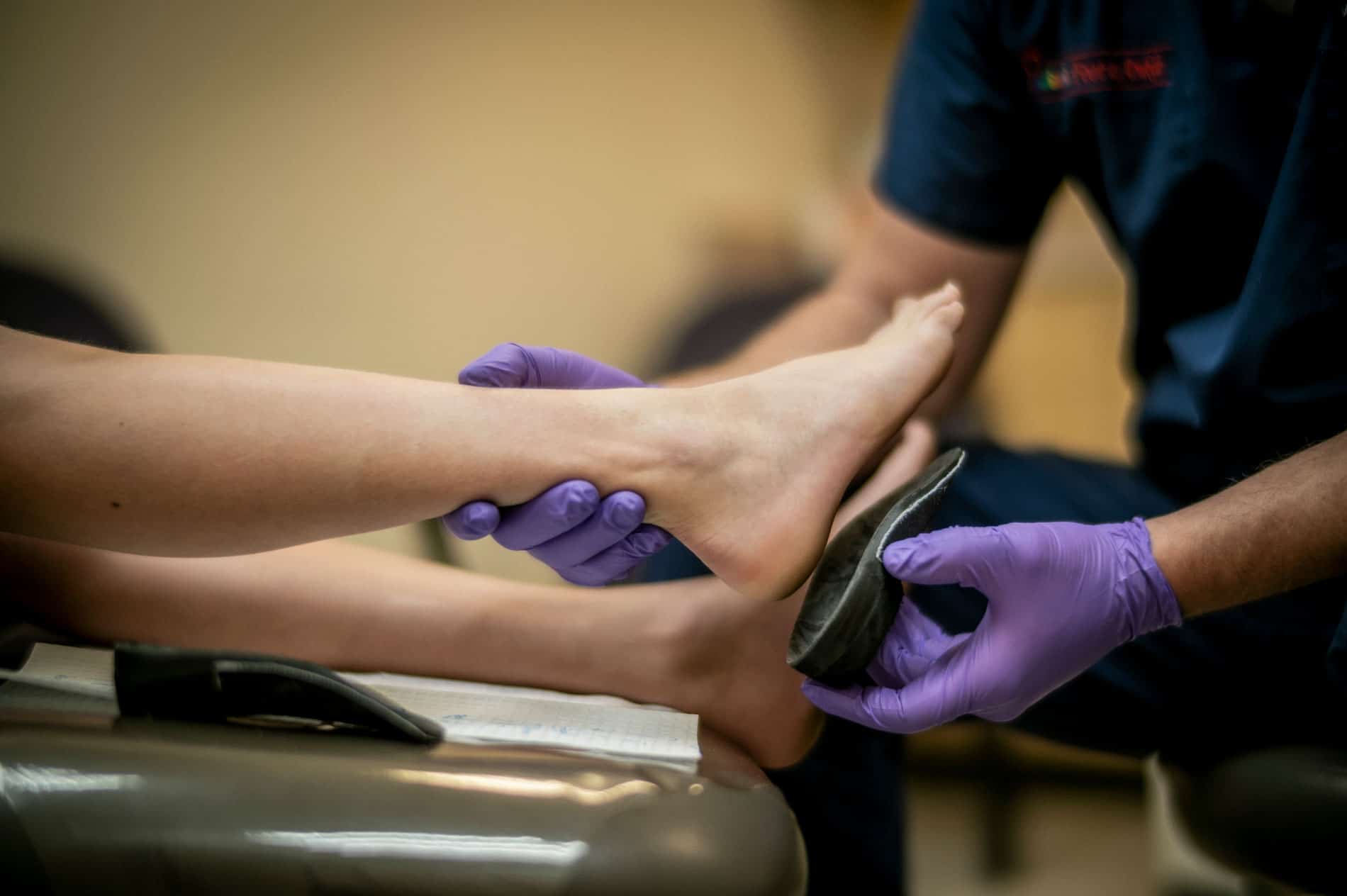Children’s Heel Pain (Sever’s Disease)

Why does my child have Heel Pain?
Heel pain in childhood is very common, it is one of the most common concern I hear from parents who bring their children into the clinic. Heel pain in children could be one of many reasons. However, the common reasons as to why children get heel pain include:
- Sever’s Disease: Also known as Calcaneal Apophysitis, it is a period of growth in the heel bone (growth spurt). This leads to pain as the growth plate in the heel bone is swollen and irritated.
- Achilles Tendinopathy: Overuse injury that causes inflammation and irritation of the Achilles tendon which is the attachment of the calf muscles to the heel bone.
- Heel Fracture: Heel fractures can occur from high impact activity or accidents such as falling off a ladder.
- Juvenile Insidious Arthritis (JIA): Is the most common type of arthritis which is found in children and teenagers. It often causes inflammation and pain in the ankles and knees.
- Retro-calcaneal Bursitis: inflammation of the cushioning pads around the heel which causes irritation and pain.
The most common out of the above is Sever’s Disease and is commonly seen in more active children between the ages of 7 – 15 years of age and account for 90% of children’s heel pain. However, it can be seen in children as young as 5 years old. Boys are more likely to experience Sever’s in comparison to girls.

What are the risk factors for children’s Heel Pain?
- Children with flat feet
- Children with high arch feet
- Pronating (feet rolling inwards) more than normal as they walk
- Active kids
- Children between the ages of 7 – 15 years old
- Boys are more likely to experience heel pain associated with Sever’s
- Children that play high impact sports that involve jumping

How do I treat my child’s Heel Pain at home?
Some conservative ways to treat your child’s heel pain at home includes:
- Wearing well-fitted and appropriate shoes for their foot type.
- Resting as much as possible and reduce any high impact activity or sports.
- Icing by putting feet into cold water with ice cubes for 20 minutes on and 10 minutes off multiple times a day.
- Immobilising the ankles by wearing a cast or brace. This reduces the side to side movement in the ankle, therefore reducing the overload on the structures around the heel.
- Stretching the calf muscles to reduce the tension on the heels and surrounding structures.

How can I get Long-term relief for my child’s heel pain?
If your child’s heel pain has been present for more than a month, it is safe to say that the pain will not subside on its own. It is best to see a Podiatrist for an initial Biomechanical Assessment to find the underlying cause of your child’s heel pain. Treating the pain at the cause will provide your child with long-term relief and improve their development. Your Podiatrist will provide your child with a tailored treatment plan that will treat the pain. Some treatments may include:
- Appropriate footwear recommendation for your child based on their foot type.
- Custom orthotics to help redistribute pressure evenly to reduce pressure and overuse of the joints and muscles. This will improve the function and development of their foot structure and provide the affected soft tissue with the opportunity to heal.
- Soft tissue rehabilitation such as stretches and exercises as necessary based on your child’s condition.
- Massage therapy to improve the tension in the muscles that are affected, most commonly the calf muscles.
- Depending on your child’s age, Shockwave therapy may be recommended to fasten up the healing process of the affected soft tissue structures.
Dr. Fatima Al-Kathmi (Podiatrist)
The Foot Force Podiatry.
BOOK NOWContact Us
Send us an e-mail:
This site is protected by reCAPTCHA and the Google Privacy Policy and Terms of Service apply.
